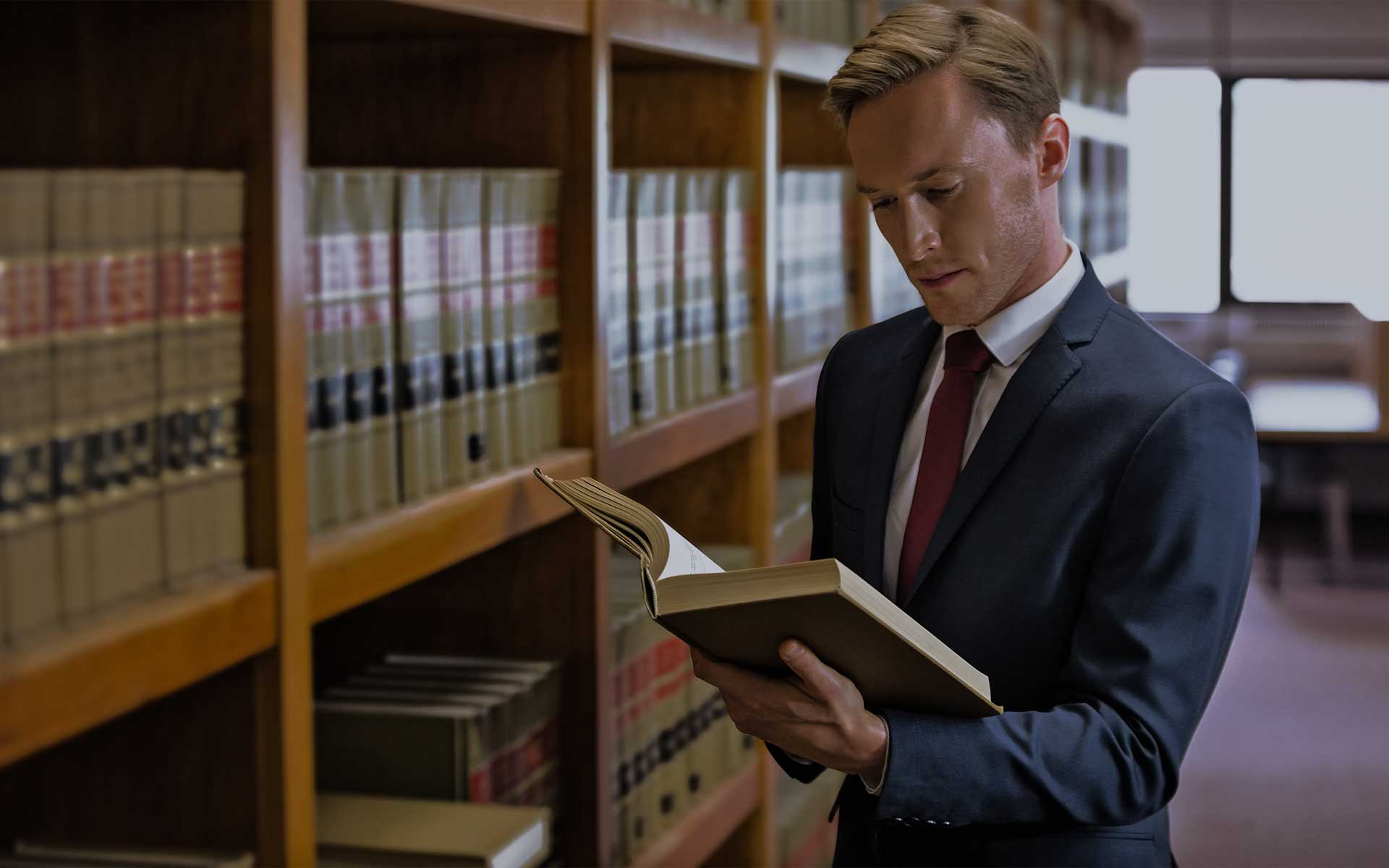New USPTO Trademark Rules Seek to Streamline Filing and Crack Down on Fraud, But Could Increase Spam

“Spam letters to trademark applicants and registrants have long been a plague of the industry, and the much lower barrier to sending unsolicited email [as a result of the email rule change] likely means this problem will continue.”
UPDATE: At the eleventh hour, just before the rule was to take effect, the USPTO issued revised email address requirements to address concerns outlined below from the trademark bar and public about the potential for an influx of unsolicited communications to the trademark owner’s inbox. The revised rule allows applicants represented by counsel to use any email address for the “trademark owner,” so long as it is different from the email address for the trademark owner’s attorney. Importantly, under the update, applicants and registrants can create an email address specifically for communication and correspondence with the USPTO, and that email address no longer needs to be personally monitored by the trademark owner, which provides greater flexibility for trademark owners to use counsel for monitoring purposes. For applicants who are not represented by counsel, the same email address may be used for the owner’s address and correspondence address, which also may be an address specifically for USPTO correspondence. The USPTO also removed the requirement that the email address be ‘personally monitored by the trademark owner’ to provide greater flexibility to manage correspondence. The rule became effective on February 15, 2020.
New rules governing all trademark filings with the United States Patent and Trademark Office (USPTO) went into effect two days ago, on February 15. Although the headline is a move to mandatory electronic filing for virtually all trademark applications, some of the rules have caused significant controversy within the trademark bar, especially a requirement that applicants provide a contact email address for the applicant, not just their counsel.
The USPTO’s shift to mandatory electronic filing is relatively uncontroversial since more than 99% of applications under Section 1 or Section 44 of the Trademark Act are already filed electronically. There are certain exceptions under the rule for foreign applicants under international agreements, and for non-traditional scent and flavor marks, where a physical specimen will still need to be mailed to the USPTO. But for all other applicants, electronic filing will now be mandatory unless the USPTO’s filing system – the Trademark Electronic Application System (TEAS) – goes down.
The New Applicant E-mail Address Requirement
The new rule requiring that all trademark applications include an e-mail address for applicants themselves—rather than just the applicants’ counsel—has caused considerable controversy among members of the bar and the public. The USPTO stated that it adopted this requirement to ensure that it has the necessary information to contact the applicant in the event legal representation ends.
The effect of this rule is that all trademark applicants must provide an e-mail address that will be published on a government website. The email address can be created for the purpose of communicating with the USPTO, so long as it is personally monitored by the trademark owner. But the rule prohibits using an e-mail address of outside counsel or an email address that the applicant cannot directly monitor. The e-mail address of the applicant will not be displayed in the Trademark Status and Document Retrieval (TSDR) status tab but will be published and viewable in the TSDR documents tab as part of the trademark application record. The USPTO permits an applicant to petition to redact the applicant’s e-mail address but qualifies that these petitions will only be granted upon a showing of “extraordinary circumstances,” an undefined term, with no examples provided within the rule or the Examination Guide.
Although it takes a few extra clicks, there is no paywall or other limitation of access to TSDR—anyone will be able to access the applicant’s e-mail address and send unsolicited emails, including scam messaging targeted at the applicant, with this newly acquired information. Spam letters to trademark applicants and registrants have long been a plague of the industry, and the much lower barrier to sending unsolicited emails likely means this problem will continue.
Despite the USPTO’s insistence on electronic filings and communications, under the new rule, applicants, registrants, or any practitioners representing applicants or registrants must still provide and maintain a postal address—but the USPTO appears to be disclaiming use of that address to correspond with an applicant. Previously, if an email to an applicant or registrant failed, the USPTO would use other means, sometimes mailing a paper copy of the correspondence to the postal address of record. Under the new rules, the USPTO will no longer attempt any alternative means of communication if an e-mail transmission fails.
The USPTO also stated that it will correspond and conduct business with the attorney of record, if one is provided, and will only contact the applicant directly if representation ceases (or if the attorney is suspended from practice by the USPTO). Also notable is that, under the new rules, if an application is filed by in-house counsel or by attorneys representing themselves, the USPTO will still require two different email addresses – the TEAS form will not accept the same address for ‘the applicant’ and for ‘counsel’.
Rumors have circulated about the USPTO’s potential reconsideration of the public disclosure of the e-mail addresses, but nothing has been formally announced. In the meantime, trademark applicants should strongly consider setting up an email box solely to receive communications from the USPTO and monitoring it carefully to ensure that correspondence actually comes from the USPTO itself before responding.
New Requirements for Webpage Specimens—and the Prohibition on Digitally Altered Specimen Images
In addition to the e-mail address requirement, the USPTO has implemented changes regarding the submission of specimens of use. Consistent with other document submissions, specimens of use must be submitted electronically, except in limited circumstances such as for scent or flavor specimens.
Electronic reproductions of an acceptable specimen of use based on a clear and legible webpage printout are still permissive, with one new caveat—the webpage specimen must now include both (1) the URL and (2) the access or print date. Webpages are one of the most common specimens submitted to the USPTO, and familiarity with the requirements of the new rule is important to preventing an unexpected rejection by the USPTO.
The USPTO has also clarified that renderings, purely digital images, and digitally altered images will not be accepted as specimens of use. This rule is likely due to the flood of trademark applications the USPTO has dealt with, largely from Chinese companies, that appear to be digitally adding brand names to photos of products in an attempt to show “use” where none may actually exist. Time will tell whether this new rule helps stem the tide of these fraudulent applications.


